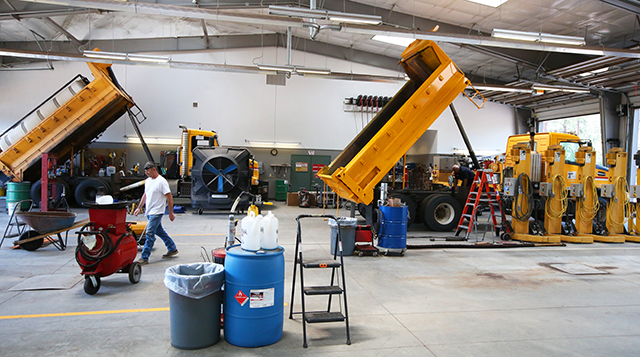These ERs tried to curtail opioids — and did better than expected
Published 12:00 am Tuesday, February 27, 2018
DENVER — One of the most common reasons patients head to an emergency room is pain. In response, doctors may try something simple at first, like ibuprofen or acetaminophen. If that wasn’t effective, the second line of defense has been the big guns.
“Percocet or Vicodin,” explained ER doctor Peter Bakes of Swedish Medical Center, “medications that certainly have contributed to the rising opioid epidemic.”
Trending
Now, though, physicians are looking for alternatives to help cut opioid use and curtail potential abuse. Ten Colorado hospitals participated in a six-month pilot project designed to cut opioid use, billed as the first of its kind in the nation to include this number of hospitals in the effort.
The goal was for the group of hospitals to reduce opioids by 15 percent. Instead, Dr. Don Stader, an ER physician at Swedish hospital who helped develop and lead the study, said the hospitals did much better: down 36 percent on average.
“It’s really a revolution in how we approach patients and approach pain, and I think it’s a revolution in pain management that’s going to help us end the opioid epidemic,” Stader says.
The decrease amounted to 35,000 fewer opioid doses than during the same period in 2016.
The overall effort to limit opioid use in emergency departments is called the Colorado ALTO Project; ALTO is short for “alternatives to opioids.” The method calls for coordination across providers, pharmacies, clinical staff and administrators. It introduces new procedures, for example, like using nonopioid patches for pain. Another innovation, Stader said, is using ultrasound to “look into the body” and help guide targeted injections of nonopioid pain medicines.
Rather than opioids like oxycodone, hydrocodone or fentanyl, Stader said, doctors used safer and less addictive alternatives, like ketamine and lidocaine, an anesthetic commonly used by dentists.
Trending
Lidocaine was by far the leading alternative; its use in the project’s ERs rose 451 percent.
The program requires a big culture change, encouraging staff to change the conversation from pain medication alone to ways to “treat your pain to help you cope with your pain to help you understand your pain,” said Claire Duncan, a clinical nurse coordinator in Swedish’s ER.








